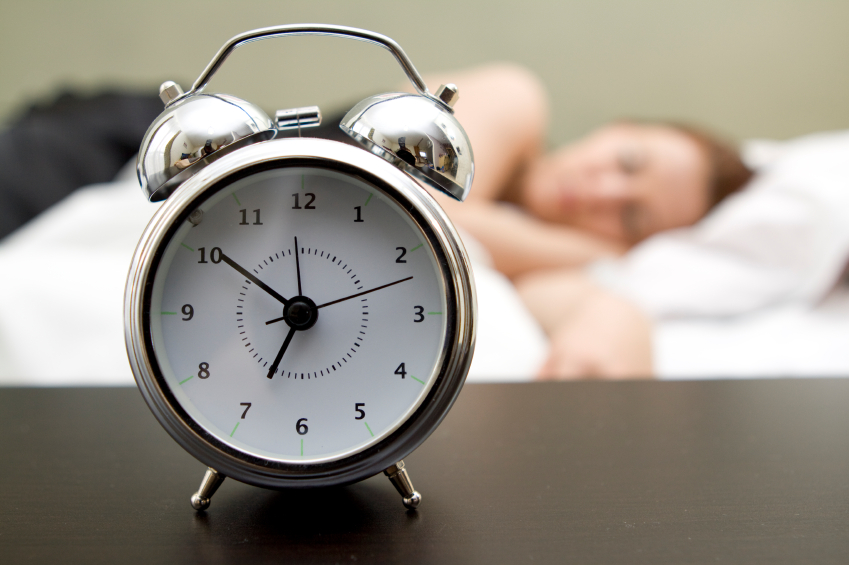5 Tips For Dealing With Daylight Savings Time
March 10, 2015
I hate Daylight Savings Time. I really do. I don’t get a lot of sleep to begin with and springing ahead for Daylight Savings Time means that I get an hour less. It’s not just an hour less of sleep. The change in time seems to affect me for a few weeks after it happens. I guess it’s my body’s way of dealing with an adjustment in my sleep patterns. Thankfully, learning how to deal with Daylight Savings Time can make it a little bit easier.
How to Deal With Daylight Savings Time
- It really helps me to stick with the adjustment in time. That means even if I could sleep in an extra hour or take a nap to make up for it, I won’t let myself. Force yourself to adjust to the new wake up time to make the process of springing ahead a little bit easier for your body. Like any other habit change, it’s easiest to just bite the bullet and do it.
- Don’t try to make yourself go to bed early the night before to make up for the lost hour – unless you really are tired. Making yourself go to bed when you’re not tired will only result in tossing and turning. This will frustrate you and will make falling asleep even more difficult than if you simply went to bed when you were tired. This can result in a longer adjustment time which will just leave you tired longer.
- Don’t change your daytime routine during the adjustment to Daylight Savings Time. Your body is used to a routine of eating and sleeping. If the clock says noon and you typically eat lunch at noon, eat lunch at noon rather than at 1pm to adjust for the time change. The sooner you adjust your entire routine, the easier it will be.
- Go outside and get some sunlight. Yes, it’s still cold where I am when we spring forward but your body takes its cues from the rising and setting sun. Go outside during the day to take advantage of the longer daylight hours. How about a brisk walk around the neighborhood while you enjoy your morning coffee?
- If you’re still feeling sluggish first thing in the morning, try a brisk work out at the gym. If the gym isn’t in your budget, you can do an aerobic workout at home just as easily. A good workout can really do quite a bit to wake you up in the morning.
If you have problems with Daylight Savings Time, following these tips will make adjusting to Daylight Savings Time much easier this year.





